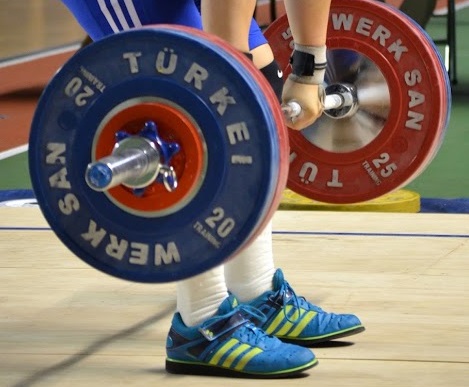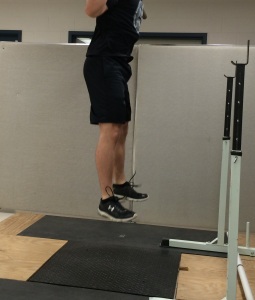The vast majority of us are intimately familiar the major principles of training. If you’re not, here’s a quick review:
- Progressive Overload
- You must create a stimulus that is a large enough to disturb homeostasis, and elicit an adaptation.
- Variation
- The stimuli you introduce to the athlete must be sufficiently novel to disturb homeostasis, and elicit a training adaptation. You can vary load, intensity, exercise selection, rest period, range of motion, body position, etc etc etc
- SAID Principle (Specific Adaptations to Imposed Demands) and Specificity (aka SAID, part 2)
- Adaptations are specific to the stimulus that you give the athlete- heavy resistance training elicits very different adaptations than running for miles and miles.
- Because adaptations are specific to the training (the stimulus) being completed by the athlete, it is vital that the training prescription have a high degree of specificity to the athletes’ sport. There are many aspects of specificity, such as load, force, rate of force development, velocity, range of motion, work/rest ratio, energy system contribution, ballistic/non-ballistic, and more. Generally, the more specific the the training is to an athletes sport, the better the “transfer of training” effect is.

One of the most important concepts to consider for training (that is sometimes easy to forget) is context.
First, let me define what I mean by context:
The context of training refers to all of the relevant variables that necessarily come into play when making decisions about training prescription. One must consider: the training status, the training experience, the age, the sport, the injury status, the injury history, and the competition schedule of the athlete, the equipment available, the staffing/coaching available (keeping in mind this is certainly not an exhaustive list).
Context affects everything that we might choose to do with our athletes.
The context of the situation defines the application of the Principle of Overload: what training loads, how they are applied, when they are applied, and why they are applied. A 12 year old basketball player, learning to perform a barbell mid-thigh pull, should not be using the same training volume or intensity as a 24 year old bobsledder using the same exercise.
The context of the training circumstance affects how training is and/or should be varied. The way in which you vary training for a given athlete depends entirely on the situation the athlete is in. Training during the offseason is a great time to use a wider variety of exercises and new skills, but two weeks out from the conference tournament is a horrible time to introduce a new exercises.

The context of the training prescription massively changes how specific an exercise is to a sport, and how well a given training method transfers to training. For example, increasing squat 1-RM in a weak athlete will result in increases in countermovement jump height (Cormie, et al, 2010). Increasing squat 1-RM in an already strong athlete is unlikely to increase their jump height to the same margin. The same exercise, in two different contexts, is more and less specific to increasing jump height, and thus results in different degrees of transfer of training.
Recognizing how important the context of training is to prescription does not decrease how vital it is to understand all of the other major training principles. In fact, when a coach has a better understanding of the context of a given situation, and understands which elements within that context she or he should be paying the most attention to, they are exponentially more able to correctly apply all of the principles of training. The overload introduced, variation used, and the aspects of specificity paid attention to all serve the goal of increasing performance to a much greater degree.
It is the context in which training applies that explains why it is such a bad idea to indiscriminately apply a program from a different context. How many times have we heard someone something along these lines: “This is the strength training program that LSU used the past three years. I’m going to give it to my 12 year old football-playing son. He’s gonna be a monster!”
This situation is sub-optimal to say the least. Why? Wrong age, wrong training age, wrong experience, wrong environment, wrong….. the list goes on. What does it boil down to? Wrong context.

